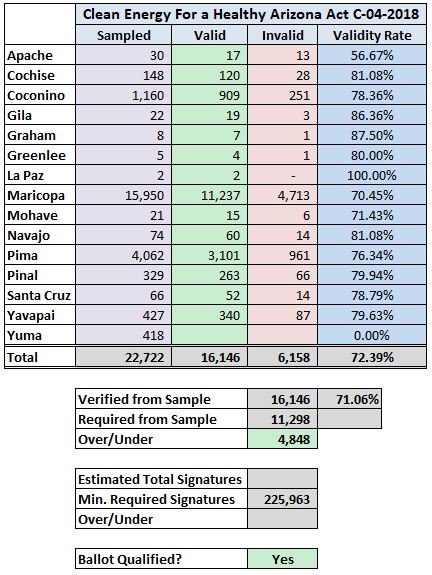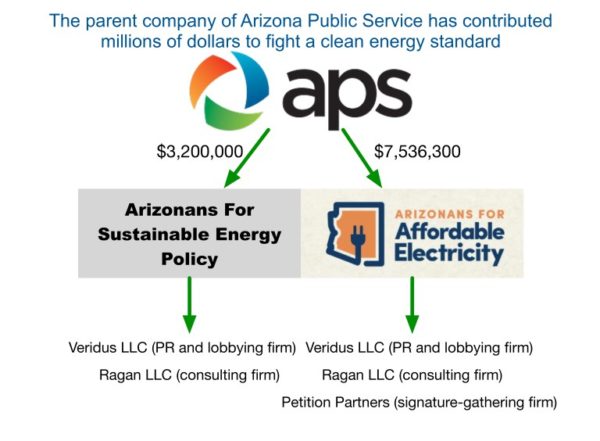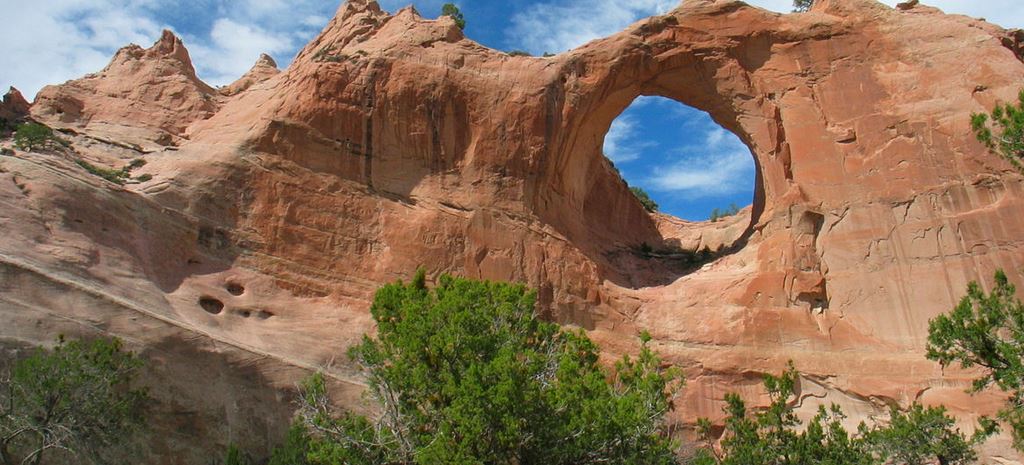Clean Energy for a Healthy Arizona’s (CEHA) embattled initiative to impose a 50% by 2030 renewable energy mandate has passed another one of the hurdles standing between it and it’s place on the November ballot.
On Wednesday, the office of Arizona Secretary of State Michelle Reagan released the results of the office’s random 5 percent sample of signatures. The review found that over 70% of the signatures reviewed were valid, representing 16,146 of the 22,722 collected. Though the results of Yuma County have not yet been reported, the bill has reached the mathematical requirement to move on.

Furthermore, with the exceptions of Apache, Maricopa and Mohave counties, no county fell below 75% validity, which is funny, considering the utility front group challenging the signatures’ validity, Arizonans for Affordable Electricity (AAE), claimed that same 75% to be the amount of fraudulent signatures.
An important distinction to be made here is that invalid does not mean fraudulent. Invalid signatures could very well just be incomplete or ones that were filled out improperly.
These allegations will still see their day in court, as the two sides will meet before Judge Daniel Kiley on Monday, per AAE’s original lawsuit. With this ballot verification, it would be surprising if CEHA were to lose the case.
The lawsuit should be the final hurdle standing between the renewable energy initiative and the November ballot. Speaking of hurdles, AAE has put so many in front of the initiative previously, that it may qualify for the Olympics, too. The group has previously alleged that CEHA’s signature collection fleet was comprised of violent criminals and at least one Russian spy. AEE has utilized Twitter as an outlet, painting the main backer of CEHA, Tom Steyer, as a “California billionaire” solely hell-bent on raising the taxes of Arizona citizens, with their #StayOutSteyer campaign.
The other pending renewable energy proposal, Commissioner Andy Tobin of the Arizona Corporation Commission’s 80% “clean energy” by 2050 goal, has not received nearly the opposition from AAE that CEHA has. Before going into why, it’s important to remember where AAE gets a significant portion of their funding from.

So why would Arizona Public Service prefer one renewable energy effort over another? Well, for starters, we at pv magazine are not clear that Commissioner Tobin’s proposal is a mandate; as the documentation repeatedly refers to the clean energy targets as “goals”, and does not specify any structure for penalties (such as alternative compliance payments in renewable portfolio standard policies) for not reaching these goals. This could means that unlike the mandatory language of the 50% by 2030 initiative and other renewable portfolio standard policies, utilities would not necessarily any mechanism holding them accountable should they fall behind in their transition to clean energy.
The CEHA initiative also calls for 10% of the total 50% renewable energy to be generated from distributed energy resources. Like other utilities APS has long treated distributed, customer- and third-party owned solar as a threat to its business model and revenues. Commissioner Tobin’s plan also includes nuclear power generation under the blanket of clean energy, while CEHA’s RPS does not. This means under Tobin’s proposal the 3.3 GW Palo Verde nuclear power plant, partially owned by APS and the largest in the nation, would receive incentives based on its output. Under the 50% by 2030 proposal it would not.
The tactics that have been used to fight CEHA’s RPS initiative come as no surprise, since Arizona and the Arizona Corporation Commission are known for having incredibly dirty politics. In this case, there is hope. If the RPS initiative survives its court date, it will head to the ballot, putting the future of Arizona Energy in the hands of the voters. And here it is worth note that the 480,464 signatures the initiative collected represent 7% of the state’s overall population.
This content is protected by copyright and may not be reused. If you want to cooperate with us and would like to reuse some of our content, please contact: editors@pv-magazine.com.









By submitting this form you agree to pv magazine using your data for the purposes of publishing your comment.
Your personal data will only be disclosed or otherwise transmitted to third parties for the purposes of spam filtering or if this is necessary for technical maintenance of the website. Any other transfer to third parties will not take place unless this is justified on the basis of applicable data protection regulations or if pv magazine is legally obliged to do so.
You may revoke this consent at any time with effect for the future, in which case your personal data will be deleted immediately. Otherwise, your data will be deleted if pv magazine has processed your request or the purpose of data storage is fulfilled.
Further information on data privacy can be found in our Data Protection Policy.